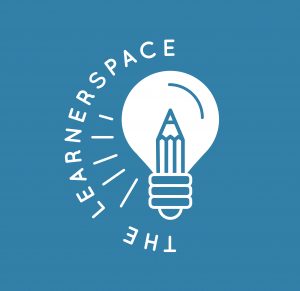Guiding Questions
Designing Learning Experiences
- There is no universal rule for blending human and AI instruction; it must be balanced for each activity or project, ensuring that students are guided by teachers.
- Detailed human input is crucial for AI to produce quality output; generic instructions yield poorer results.
- AI can generate quality questions for assessment and assist in text analysis, with human oversight for modifications.
- AI helps teachers create lesson plans and materials tailored to individual student needs.
- It serves as a tool to personalize learning, for example, by customizing stories for students based on their reading level and interests, and saving teachers time.
- A group of teachers and administrators is currently testing different AI tools, with plans to share feedback to enhance the teaching toolkit and staff training.
- AI can support various tasks such as searching information, creating images, presenting, and correction tools.
- Individualized learning is perceived as necessary but challenging with large classes.
- AI aids in initial idea generation and supports student evaluations.
- The quality of tools is variable and often discovered anecdotally.
- Teachers use AI for lesson planning, aligning to standards, creating assessments, and administrative tasks.
- Upper secondary teachers have used AI as a collaborative tool in study planning.
- Empirical evidence from teachers experimenting with AI tools indicates benefits in creating subject-relevant lesson plans and activities.

